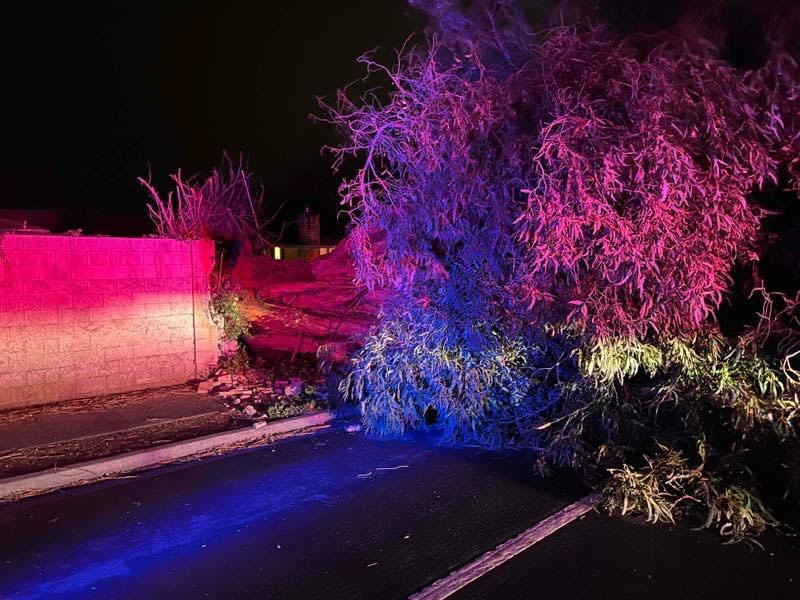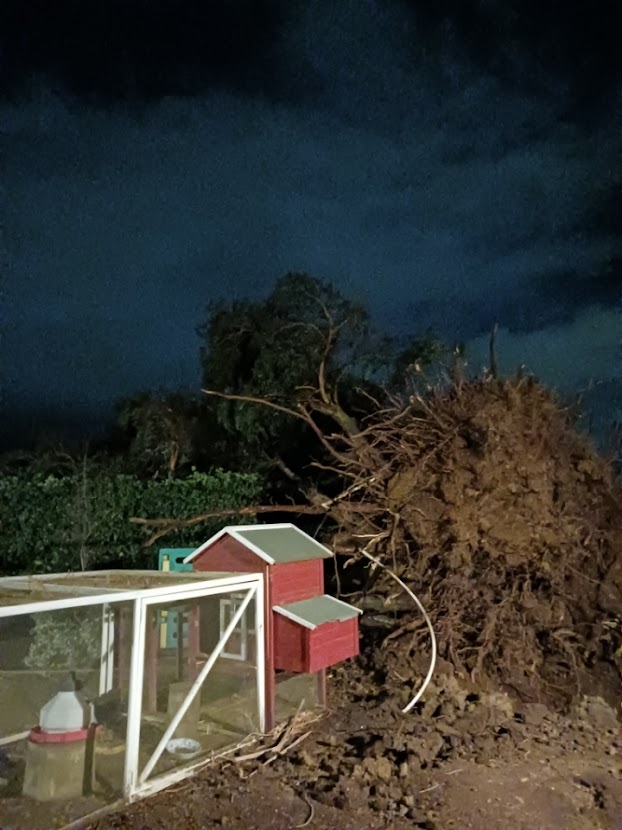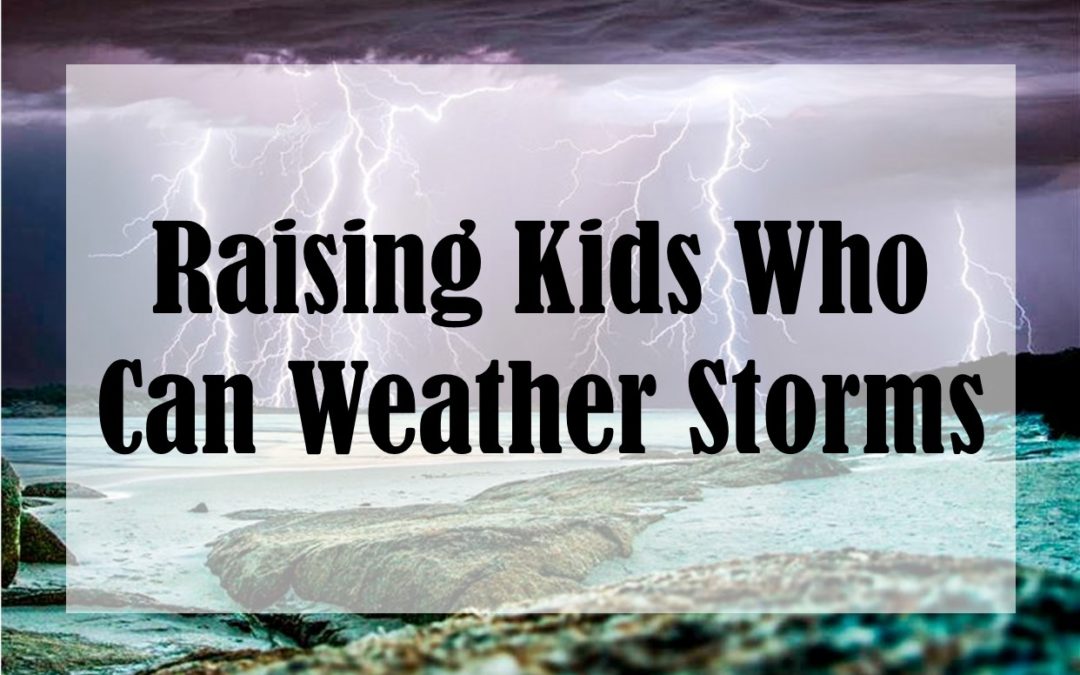He will be like a tree firmly planted by streams of water,
Which yields its fruit in its season
And its leaf does not wither;
And in whatever he does, he prospers.
-Psalm 1:3
Over the weekend, we lost a huge tree in our yard during the “bomb cyclone” that hit California. I would estimate the tree stood nearly 80 feet tall. You could see it from blocks away. It was home to much wildlife, including turkey vultures and other smaller birds, along with squirrels. This tree was like an old friend, and my kids have many fond memories playing in and around the Old Girl.

This isn’t our tree but our tree was about this size.
That night, the wind was howling fiercly, and my younger daughter was a little scared. So we curled up and I was reading to her in my bedroom, which was about ten feet from the tree. (By the way, complete aside, we were reading Karen Kelly Boyce’s Sister’s of the Last Straw #8. A delight!)
I was thinking about the big tree, wondering how it would fare during the night, when we heard a huge crack and what sounded like shattering glass. I suspected our glass patio table had blown over and broken, but when we looked out the window, not only was the table okay but on the table stood the two small plastic cups that my kids were collecting rain water in!
My son yelled out that the big tree was gone. The shattering we heard was a wall in the back of our property that separates us from a road. The tree had shattered the wall and was lying across the road, blocking traffic in both directions.

THIS is our tree!
The tree had been there for 60 years, and surely it had faced other wind storms. So why did it come down now? We had so much rain in the last few weeks that the ground was drenched. The tree was a eucalyptus which have very shallow roots. With the force of the wind, the drenched earth, and its shallow roots, it just couldn’t remain stable and down it came.

The root ball of our tree was massive, but you can see how wimpy the roots were.
You can look at two trees standing side by side, and they may look basically the same yet have very different things going on beneath the soil. If one has deep, thick roots and the other shallow, spindly roots, one will be far healthier than the other. The tree with shallow, weak roots is more unhealthy and less resilient against disease and bad weather; the tree with deep, thick roots will be healthier and better able to stand strong against storms and fight off disease and drought.
Strong Attachment Roots
This experience demonstrates an important parenting lesson.
It’s impossible for a child to be too attached to you, but they can be too weakly attached.
What do I mean by this?
God has wired into our children a drive to seek people who will answer the question: “Who will care for me and keep me safe?” When your child feels “at home” with you, you become the answer to this question. This drive is there for a reason: it helps your child grow up. Occasionally when she is alarmed, tired, or just “off,” a securely attached child may turn to you to find her sense of equilibrium again. But when her seeking is satisfied, she comes to rest emotionally, and she is freed to get on with the work of growing up, which includes playing, exploring, and creating.
More, when you are the answer to your child’s attachment needs, you are empowered to parent your child. Without your child’s attachment to you, you cannot lead and guide her or keep her safe.
Healthy, securely attached children grow deep attachment roots that help them survive the storms of life.
- When we say no to a request, they feel the disappointment, but they can let go.
- When they lose something or somebody they care about, they feel the loss, but they are able to grow through it.
- They are willing to grapple with challenges, setbacks, and obstacles.
- As they mature, they can set goals and make a plan to meet their goals.
Often these secure children need to check in with their attachment figures to gain their balance, but then they feel okay again, and off they go. The attachment roots keep her anchored as she stretches and grows.
Weak Attachment Roots
When children intuit that the answer to that fundamental question – “Who will care for and keep me safe?” – is tenuous, they feel insecure. They have spindly, weak attachment roots. They never come to emotional rest because they are always seeking assurance that they belong, that they are important, that they matter. They are ravenous for signs that they are loved or accepted, and they will continue exhibiting attachment-seeking behaviors until the need is satisfied . . . or they give up. Because they are preoccupied with seeking their attachment figures, these children do not develop resilience and resourcefulness like securely attached children.
- They do not challenge themselves, and tend to take the easy way out.
- When they face setbacks, they throw in the towel.
- They may develop substitute attachments to inanimate objects or peers.
- They may obsessively seek approval from peers, which hampers maturity.
When the roots of attachment are weak and shallow, children can’t handle the ordinary storms of life; when the roots are strong and deep, children can weather whatever life throws their way, and in fact grow stronger through them.
I’m talking here about resilience, which is only ONE of the many gifts of a secure attachment. There are so many more, and they all help our children bear the fruits of a life well-lived.
Recommended: My book Discipleship Parenting explains the role of the attachment drive in human maturation and how this is connected to faith development. And my new book, Rooting Your Teen in Faith, gives parents of teens tips to prime the attachment pump with teens!
Posts
The Problem with Subsitute Attachments. Substitute or transferred attachment happen when kids look to peers or even objects to meet their emotional needs. Why is this a problem, and do you really need to worry about it?
Subscribe to ICP Feed
Subscribers to Intentional Catholic Parenting (“ICP”) receive all blog posts and podcasts immediately after release.
ICP subscribers do not receive newsletter content (unless they subscribe to the newsletter separately).
Time commitment: Blog posts take 3-5 minutes to read; podcasts are about 20 minutes long.
Subscribe to Newsletter
“The Anchor and Maze” explores how parents can navigate the maze of parenting while remaining a child’s emotional anchor.
Newsletter subscribers receive links to recent posts, but possibly later than blog subscribers.
Time commitment: I keep the newsletter short. It takes about 1 minute to read.

